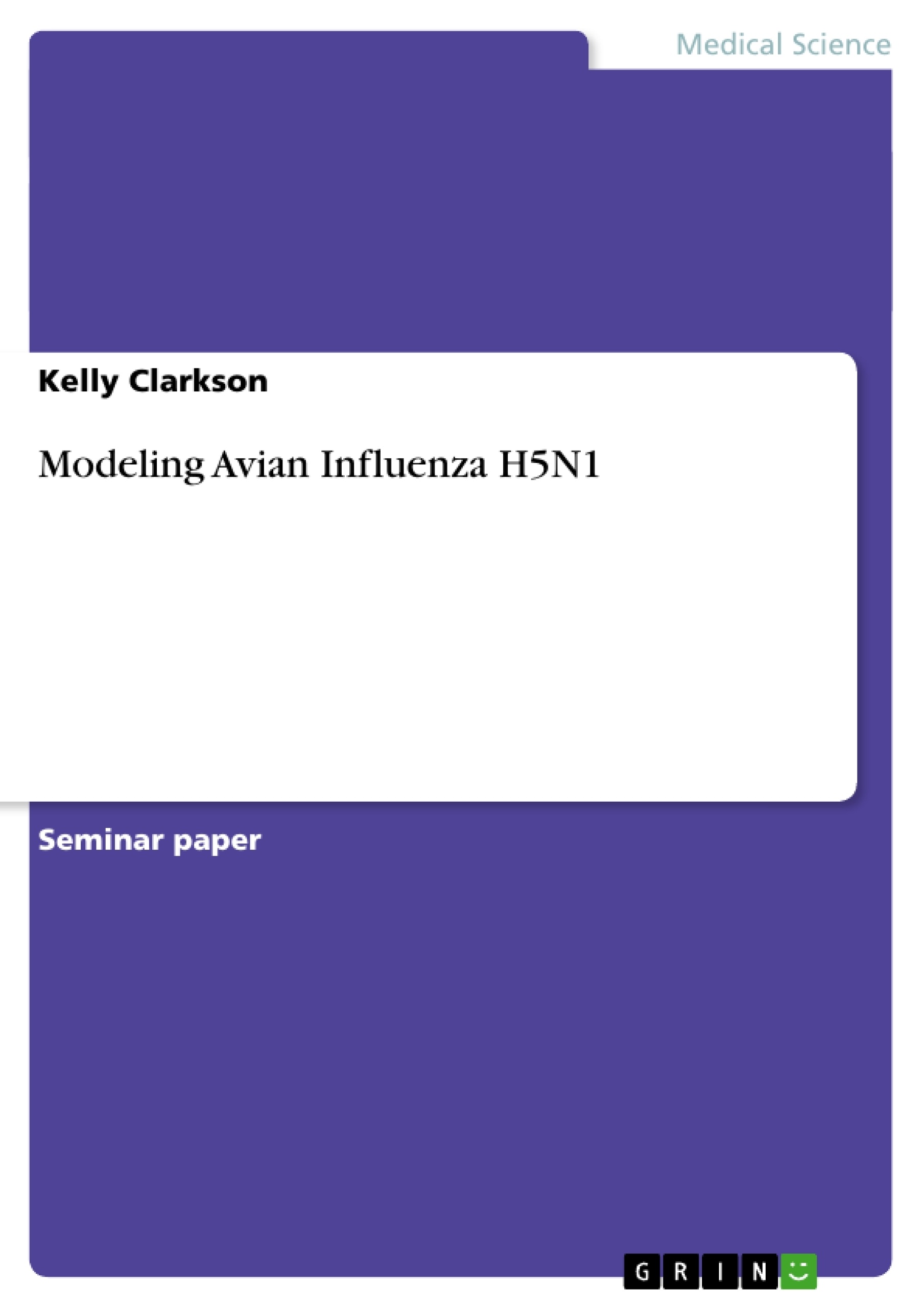Excerpt
Introduction – Avian Influenza and Model Problem
In the recent past, bird flu has claimed many lives. These are mainly of those, belonging to humans and animals of whose food chain, birds and fowls tend to be a part. This, has in turn affected other animals, as well as upset the entire food chain. The virus has an RNA based protein (Tiensin, Thanawat, 2011), which is the cause of the problem. There are many subtypes of the virus, however only four of them have been found to be the real cause of the problems. These strains are named as the H5N1, H7N3, H7N7 and H9N2. This virus has genes, which are more adaptive towards aerial beings such as birds. However, this does not mean that the virus cannot pass on the pathogen to other beings but are relieve less likely to result in death. The World Health Organization mentions in its report that, there have been just two deaths due to Avian Flu in the countries of Egypt and Indonesia in a time span of 5th November 2012 and 17th November, 2012(World Health Organization, 2012). Both the deaths have been attributed to exposure to chicken or ducks in the backyard or in the neighborhood. In this report, we attempt to find an appropriate model so that the problem can be nipped in the bud. The report, will seek to determine the implementation and the results of various implementations in order to perfect the model. Apart from the cases reported, the avian flu has seriously hit the poultry market, with government taking no chances and introducing bans on the import and export of chicken and fowl as well as products made out of them. All the infected birds have been tested in order to eliminate chances of wrong deaths. The affected ones are out to death including their young ones and the unhatched eggs. In the fig 1.1, the table mentions the cumulative number of cases as well as deaths attributed to Avian Influenza. The table mentions data collected since 2003, the year when the flu virus first made an appearance till 2012, in order to show case the necessity for the generation of the perfect model.
illustration not visible in this excerpt
Fig 1.1 Cumulative number of confirmed human cases for avian influenza A(H5N1) reported to WHO, 2003-2012
The reasons for suggesting a mathematical model in the case of Avian Flu are listed below
- Determination of vaccines and its effectiveness can be predicted
- The model will help us to understand the development of the virus strains and the lifecycle of the pathogens
- Such models are used for the control and the prevention of infectious disease such as Avian Flu or Swine Flu (Haran, 2009).
The mathematical model for Avian Flu is directed to understand the lifecycle of the pathogen and to aid resistant strains in order to cure the disease.
[...]
- Quote paper
- Dr Kelly Clarkson (Author), 2012, Modeling Avian Influenza H5N1, Munich, GRIN Verlag, https://www.grin.com/document/213224
Publish now - it's free






















Comments